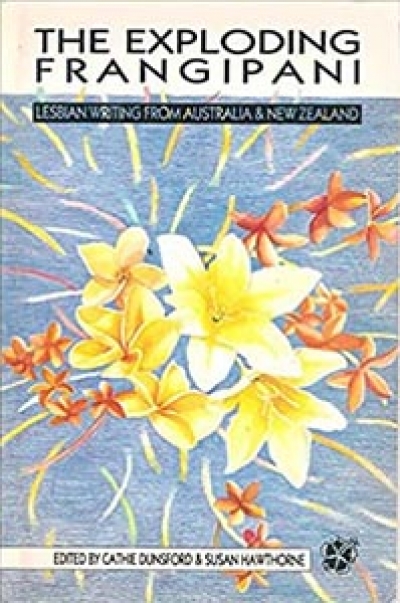Martin Thomas
The morgue in Gunbalanya holds no more than half a dozen corpses – and, as usual, it was full. When the Old Man died in the wet season of 2012, they had to fly him to Darwin, only to discover that the morgue there was already overcrowded. So they moved him again, this time to Katherine, where they put him on ice until the funeral. The hot climate notwithstanding, things can move at glacial speed in the Northern Territory, where the wags tell you that NT stands for ‘Not today, not tomorrow’. The big departure had stalked and yet eluded the Old Man in recent years. Now he would wait six months for his burial. Only then would he be properly ‘finished up’, as they say in Gunbalanya, a place rich in many things: poverty, and euphemisms for death, among them.
... (read more)

